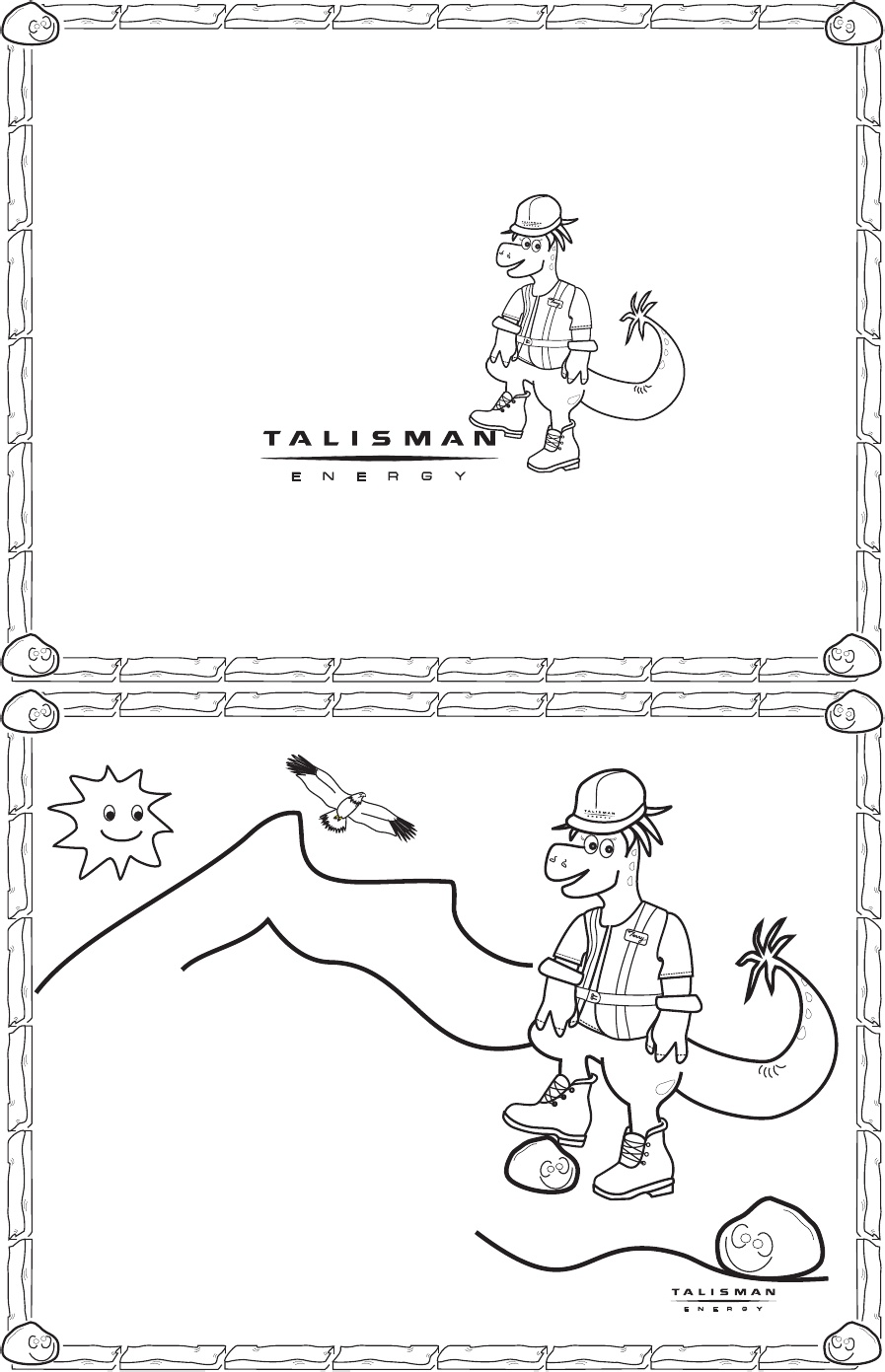Still awaiting a patent in the U.S., the technique has been used about 1,000 times since 2008, mainly in gas wells in the Canadian provinces of Alberta, British Columbia and New Brunswick and a smaller handful of test wells in states that include Texas, Pennsylvania, Colorado, Oklahoma and New Mexico, said GasFrac Chief Technology Officer Robert Lestz.Like water, propane gel is pumped into deep shale formations a mile or more underground, creating immense pressure that cracks rocks to free trapped natural gas bubbles. Like water, the gel also carries small particles of sand or man-made material—known as proppant—that are forced into cracks to hold them open so the gas can flow out.Unlike water, the gel does a kind of disappearing act underground. It reverts to vapor due to pressure and heat, then returns to the surface—along with the natural gas—for collection, possible reuse and ultimate resale.And also unlike water, propane does not carry back to the surface drilling chemicals, ancient seabed salts and underground radioactivity.“We leave the nasties in the ground, where they belong,” said Lestz.
Talisman Terry the Frackosaurus
Study Says Fluids From Hydraulic Fracturing Killed Trees
(My emphasis added to the last line of the excerpt.)
A study that argues for more research into the safe disposal of chemical-laced wastewater resulting from natural gas drilling found that a patch of national forest in West Virginia suffered quick and serious loss of vegetation after it was sprayed with hydraulic fracturing fluids.
The study, by researchers from the United States Forest Service, was published this month in the Journal of Environmental Quality. It said that two years after liquids were legally spread on a section of the Fernow Experimental Forest, within the Monongahela National Forest, more than half of the trees in the affected area were dead.
The researchers said that the disposal section was less than half an acre in size “to minimize the area of forest potentially affected by the fluid application.” About 75,000 gallons were applied over two days in June 2008.
The study’s author, Mary Beth Adams, a soil scientist, said that if the same amount had been spread over a larger area, less environmental damage to the forest would probably have been resulted.
She said that there was little information in the scientific literature about such impacts and that the study indicated that “there are potential effects of natural gas development that we didn’t expect.”
Fluids From Hydraulic Fracturing Killed Trees, Study Says – NYTimes.com.

